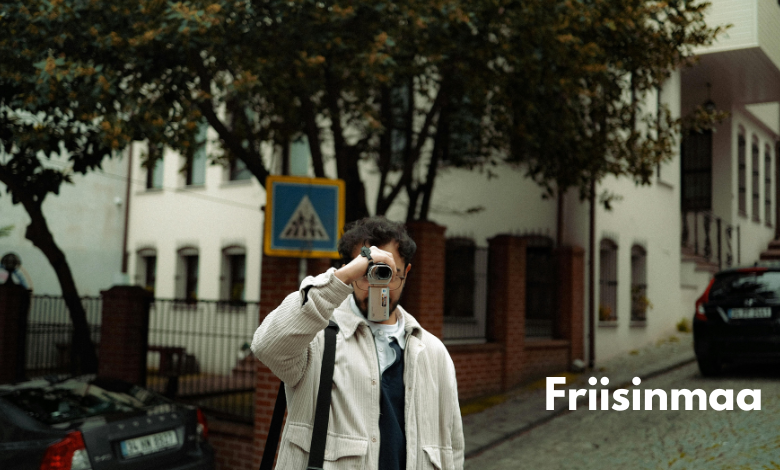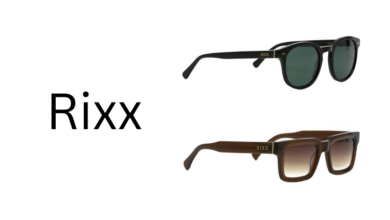Discover Friisinmaa: The Heart of Friesland in the Netherlands

When most people think of the Netherlands, they imagine Amsterdam’s canals, tulips, and windmills. But there is a northern region called Friisinmaa, or Friesland in Dutch, that feels like a different world. This province is quieter, more traditional, and deeply proud of its culture. I first visited Friisinmaa a few years ago on a cycling trip, and I was surprised at how different it felt compared to other Dutch regions. It wasn’t just the landscape of endless fields, waterways, and wind-swept coasts, but also the people and their traditions. Friisinmaa is a place where history and nature come together, offering visitors a unique and authentic experience.
If you are curious about Dutch culture beyond Amsterdam and Rotterdam, Friisinmaa is worth exploring. It is a place where you can hear the Frisian language, eat traditional dishes, and discover villages that seem untouched by time. In this guide, I will take you through the history, attractions, food, and my own experiences in this remarkable region.
History and Culture of Friesland
Friisinmaa is one of the oldest cultural regions in Europe. The Frisian people have lived here for centuries, long before the modern Netherlands was formed. They even have their own language, Frisian, which is officially recognized in the country alongside Dutch. Walking through villages, you often see signs written in both Dutch and Frisian, which shows how proud the locals are of their heritage.
The history of Friesland is marked by independence. For a long time, the Frisian people resisted outside rule, including from the powerful counts and kings who controlled other Dutch provinces. This independent spirit can still be felt today. People in Friisinmaa are warm and welcoming, but they also have a strong sense of identity.
Traditional culture is preserved through music, poetry, and even sports. One unique Frisian sport is “fierljeppen,” which is pole vaulting over canals. It may sound unusual, but it reflects the close relationship between the people and their watery landscape. Another famous tradition is “skûtsjesilen,” a sailing competition with old Frisian boats that takes place every summer.
Attractions in Leeuwarden and Beyond
Leeuwarden is the capital of Friesland, and it is a beautiful city with a mix of old and new. When I first arrived, I noticed the leaning Oldehove tower, which locals like to compare with the Leaning Tower of Pisa. The city also has canals that remind you of Amsterdam but without the overwhelming crowds.
Leeuwarden was the European Capital of Culture in 2018, which brought international attention to its museums, art galleries, and cultural events. The Fries Museum is especially worth visiting if you want to understand the region’s art and history.
Outside Leeuwarden, there are many charming villages such as Hindeloopen, Workum, and Franeker. Hindeloopen is known for its colorful traditional houses and unique painted furniture style. Franeker is home to the Eise Eisinga Planetarium, the oldest functioning planetarium in the world, built in a living room in the 18th century.
Read Also: Content://cz.mobilesoft.appblock.fileprovider/cache/blank.html
Nature: Lakes, Islands, and the Wadden Sea
Friisinmaa is a paradise for nature lovers. The region is full of lakes, making it a popular destination for sailing and watersports. When I visited in summer, I joined a small sailing trip on one of the lakes, and it felt like being part of an old Frisian tradition.
The Wadden Sea, which borders Friesland, is a UNESCO World Heritage Site. It is one of the most unique ecosystems in the world, with mudflats, tidal channels, and a wide range of birds and seals. One of the best activities here is “wadlopen,” or mudflat hiking. During low tide, you can walk across the sea floor with a guide, which is both challenging and unforgettable.
Friesland is also known for its islands, such as Terschelling, Ameland, and Vlieland. These islands are perfect for cycling, hiking, or simply relaxing on wide sandy beaches. Each island has its own character, but all of them share the calm and natural beauty that Friesland is famous for.
Cycling and Sailing Adventures
Cycling is part of Dutch identity, and Friesland takes it to another level. The province is covered with cycling routes that connect towns, lakes, and open countryside. I remember cycling from Sneek to Sloten, passing windmills, canals, and green fields with cows grazing. It was one of the most peaceful rides I have ever experienced.
Sailing is equally important here. Traditional sailing boats called “skûtsjes” are still used in competitions. Even if you are not an experienced sailor, you can join tours or rent small boats to explore the waterways. It is one of the best ways to experience Friesland’s culture and landscape.
Food, Drinks, and Frisian Hospitality
Food in Friisinmaa is simple but delicious. Traditional dishes often use local dairy, meat, and fish. A well-known Frisian delicacy is “sûkerbôle,” a sweet bread filled with sugar lumps. I tried it during my first breakfast in Leeuwarden, and it reminded me of a mix between cake and bread.
Friesland is also known for its dairy products, including some of the best Dutch cheeses. Another specialty is “Beerenburg,” a strong herbal liquor that is popular among locals. When you visit, don’t forget to stop at local markets or small village cafes, where you can taste these foods in an authentic setting.
Hospitality in Friesland is different from the busy tourist spots in the Netherlands. People are usually more relaxed, and they enjoy taking time to talk. I remember asking for directions in a small village, and instead of just pointing me the way, the local couple invited me for coffee and shared stories about their town. That is the kind of warmth you often find here.
Festivals and Traditions
Friesland is alive with festivals. The Elfstedentocht, or Eleven Cities Tour, is the most famous one. It is a long-distance ice-skating race across eleven Frisian cities, but it only happens when the canals freeze enough, which is rare these days due to warmer winters. Still, the idea of the Elfstedentocht is deeply rooted in Frisian identity.
Other events include sailing festivals, music gatherings, and local fairs. Terschelling Island hosts the Oerol Festival, a theater and arts event that transforms the whole island into one big stage. These celebrations are a great way to experience Frisian culture in a lively and social setting.
My Personal Trip to Friesland
When I first planned my visit, I wasn’t sure what to expect. I had been to Amsterdam and Utrecht before, and I thought Friesland might just be a quieter version of the same. But I was wrong. Friesland felt like stepping into a different part of Europe altogether.
I stayed in Leeuwarden for a few days and then took a cycling trip across small towns. One of the highlights was visiting Hindeloopen, where I walked along narrow streets lined with wooden houses painted in bright colors. Another highlight was mudflat hiking in the Wadden Sea. At first, I was nervous about walking on wet sand for hours, but it turned into one of the most memorable adventures of my life.
Traveling through Friisinmaa showed me that the Netherlands is much more than its big cities. It gave me a sense of peace and connection with nature that I didn’t expect to find.
Practical Tips for Visitors
If you are thinking of visiting Friisinmaa, here are some practical tips:
-
Best time to visit: Summer is great for cycling, sailing, and island trips. Spring brings flowers, while autumn offers quieter landscapes. Winter can be magical if the lakes and canals freeze.
-
How to get there: You can reach Leeuwarden by train from Amsterdam in about two hours. From there, buses and local trains connect smaller towns.
-
Where to stay: Friesland offers everything from hotels in Leeuwarden to cozy bed and breakfasts in villages. On the islands, you can also find holiday cottages and campsites.
-
Language: Most people speak Dutch and English, but you will also hear Frisian. Learning a few words in Frisian, like “hoi” (hi) or “tank” (thanks), makes locals smile.
Conclusion
Friisinmaa is a part of the Netherlands that many travelers overlook, yet it offers some of the richest cultural and natural experiences in the country. From its proud Frisian heritage and traditions to its peaceful lakes and islands, this region is full of surprises. Whether you want to cycle across open landscapes, sail through canals, or taste local delicacies, Friesland welcomes you with open arms.
Visiting Friisinmaa taught me that the best travel experiences often happen when you step off the usual tourist path. If you are planning a trip to the Netherlands, don’t just stop at Amsterdam. Take the train north, and you might find your new favorite destination.
FAQs
1. What is Friisinmaa?
Friisinmaa is the Finnish word for Friesland, a province in the northern Netherlands.
2. What is Friesland famous for?
It is known for the Frisian language, sailing traditions, ice skating, and the Wadden Sea.
3. Can I visit Friesland without a car?
Yes, trains and buses connect most towns, and cycling is a great way to explore.
4. Is the Frisian language different from Dutch?
Yes, Frisian is closer to English than Dutch. Most people, however, also speak Dutch and English.
5. What is the best island to visit in Friesland?
Terschelling is popular for its Oerol Festival, while Ameland and Vlieland are great for quiet nature trips.



